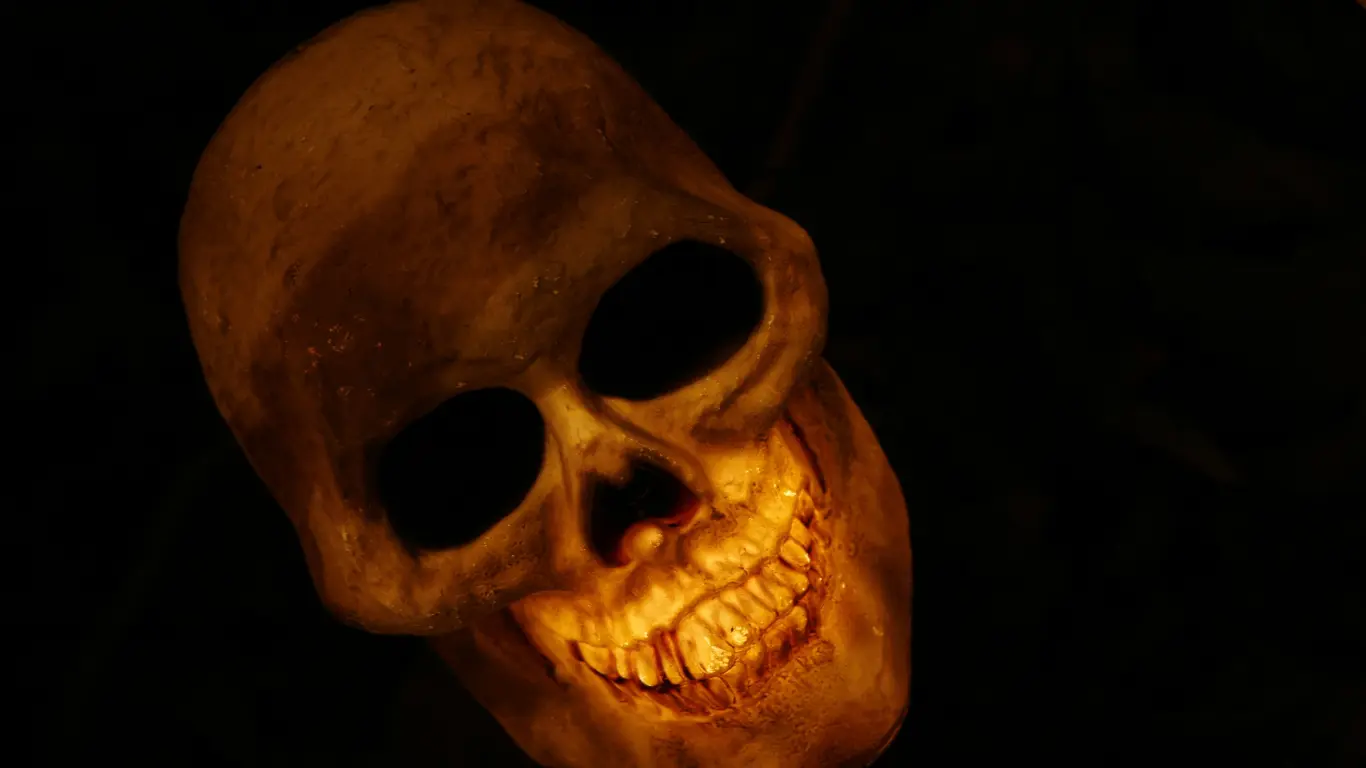Are you captivated by the macabre beauty of skulls? Do you want to learn how to draw them? You’re in the right place! In this article, we’ll explore the fascinating world of skull drawings, focusing on the keyword “Drawing:oldj_7nsvxk= Skull“
Drawing skulls is not just for those studying anatomy. Artists across various styles use skulls in their work. They symbolize life and death, beauty and decay.
Whether you’re a beginner or an experienced artist, this guide will provide you with the tools you need. Let’s dive into the world of skull drawing and unleash your creativity!
Why Draw Skulls?
Skulls have a unique appeal. They offer complexity and simplicity. Artists are drawn to them for several reasons:
- Anatomical Understanding: Skulls provide insight into human anatomy. Understanding the structure helps in drawing realistic figures.
- Symbolism: Skulls symbolize mortality. They are often used in art to provoke thought and emotion.
- Artistic Style: Skulls can fit into many artistic styles. From realistic to abstract, they can enhance any piece.
Essential Tools for Drawing Skulls
Before we start with techniques, let’s talk about the tools you’ll need. Here’s a simple list to get you started:
- Pencils: Use a range from 2H to 8B for different shading effects.
- Paper: Choose smooth, heavyweight paper for better results.
- Erasers: A kneaded eraser is great for softening lines.
- Charcoal: Ideal for adding depth and richness to your drawings.
- Blending Stumps: Perfect for smoothing out your shading.
Step-by-Step Guide to Drawing a Skull

Now, let’s break down the process of drawing a skull. We will keep it simple and clear.
Step 1: Outline the Shape
Start by drawing a basic oval shape. This represents the skull’s main structure. Don’t worry about details yet; focus on getting the proportions right.
Step 2: Define the Jawline
Add the jawline by drawing a square shape at the bottom of the oval. This will create the chin and help establish the skull’s structure.
Step 3: Add the Eye Sockets
Draw two large circles for the eye sockets. Place them symmetrically on the oval. Remember, the placement affects the overall expression.
Step 4: Sketch the Nose Cavity
The nose cavity is a triangular shape. Position it below the eye sockets, centered between them. This adds to the skull’s character.
Step 5: Outline the Teeth
Draw the teeth along the bottom of the jawline. You can start with a horizontal line and then create the individual teeth shapes.
Step 6: Refine the Details
Now it’s time to add details. Start defining the cheekbones, nasal cavity, and other features. Use your references to get the shapes right.
Step 7: Add Shadows and Shading
Use your pencils to add depth. Begin with light shading and gradually build up to darker areas. This will give your skull a three-dimensional look.
Step 8: Final Touches
Check your drawing for any areas needing refinement. Add highlights with an eraser and smooth out any harsh lines with blending stumps.
Tips for Improving Your Skull Drawings
Here are some tips to help you elevate your skull drawings:
- Use References: Always work from real skull images. This will help with proportions and details.
- Practice Regularly: The more you draw, the better you get. Set aside time each week for practice.
- Experiment with Styles: Try different artistic styles. From realistic to cartoonish, skulls can take on many forms.
- Seek Feedback: Share your drawings with friends or online communities. Constructive feedback can help you improve.
- Be Patient: Mastery takes time. Don’t rush the process. Enjoy each step of your artistic journey.
The History of Skull Art
Skull art has a rich history. Artists have used skulls in various cultures for centuries. From ancient civilizations to modern art, they have symbolized many concepts.
Ancient Civilizations
In many ancient cultures, skulls represented the cycle of life and death. They were often used in rituals and art. The Mayans, for example, used skulls to signify their beliefs about mortality.
Renaissance Art
During the Renaissance, artists like Hans Holbein and Vincent van Gogh used skulls to convey deeper meanings. They incorporated them into still life and portraits. This trend highlighted the fleeting nature of life.
Modern Interpretations
Today, skulls are a popular motif in various art forms. From tattoos to street art, they continue to captivate audiences. Artists like Damien Hirst and Jean-Michel Basquiat have made skulls iconic in contemporary art.
FAQs about Drawing:oldj_7nsvxk= Skull
What is the best way to start drawing a skull?
Start with basic shapes. Draw an oval for the skull and add a square for the jaw. Then, refine the details step by step.
Do I need to know anatomy to draw a skull?
While understanding anatomy is helpful, it’s not necessary. Focus on shapes and proportions first. Practice will help you improve.
What pencils are best for drawing skulls?
A range of pencils from 2H to 8B is ideal. This range allows you to create detailed lines and smooth shading.
How can I add realism to my skull drawings?
Use references for accuracy. Practice shading techniques to create depth. Focus on the details like shadows and highlights.
Where can I find inspiration for skull drawings?
Look at art history, nature, or even photography. Social media platforms and art websites are great for finding inspiration.
Conclusion
Drawing skulls is an exciting artistic journey. By mastering the techniques and understanding the symbolism, you can create powerful and striking artwork. Remember to practice regularly and explore your creativity.
As you dive deeper into the world of “Drawing:oldj_7nsvxk= Skull,” let your imagination guide you. The beauty of art lies in its endless possibilities. So grab your pencils, and start creating!

